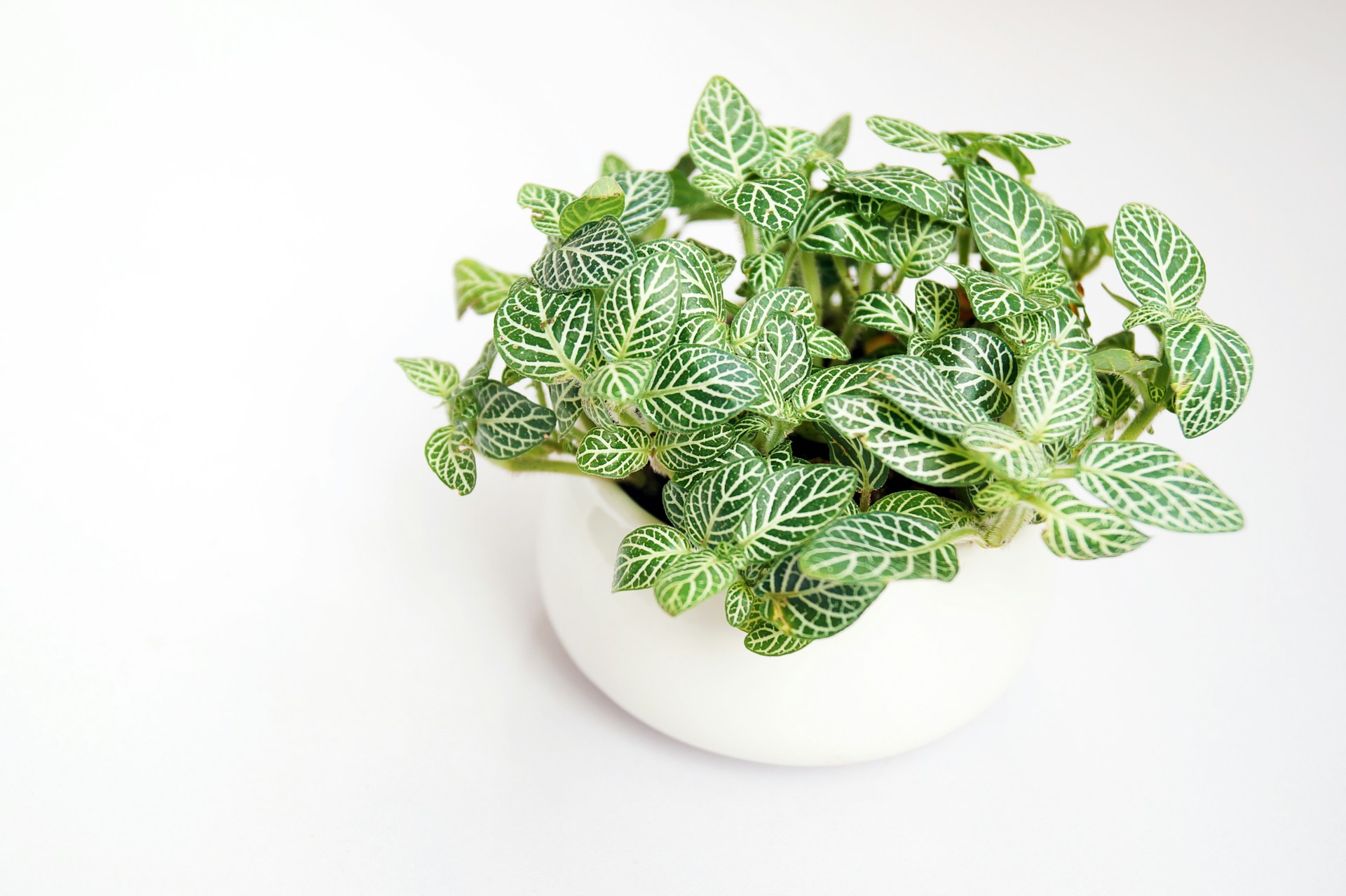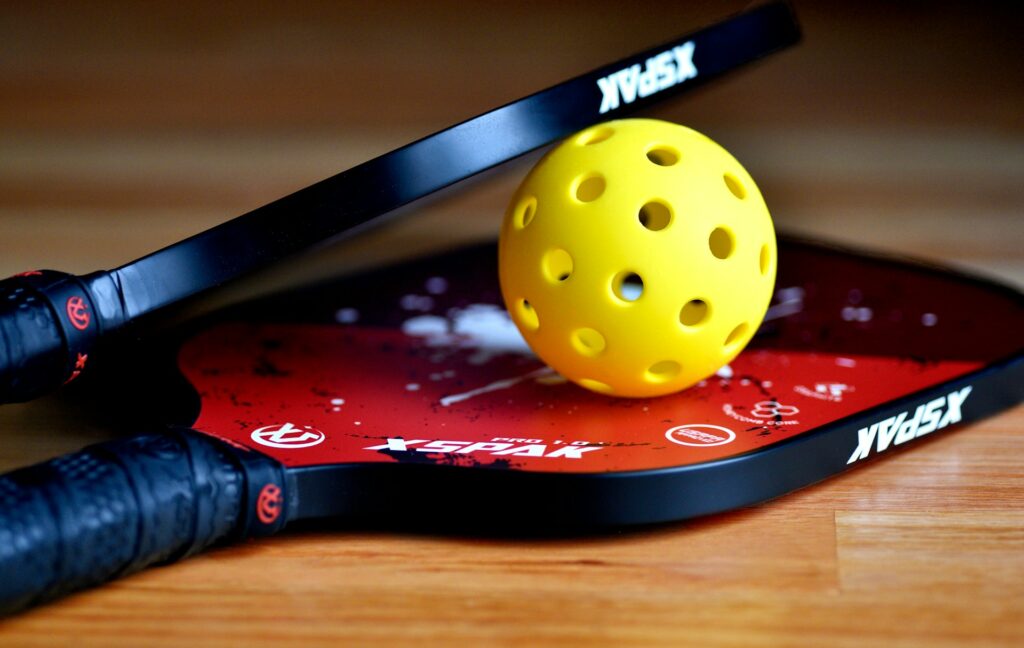Ever come across a plant that looks like it’s been hand-painted? That’s Fittonia albivenis. With its bold leaf patterns and rich coloring, it’s one of those houseplants that instantly catches the eye and keeps it.
If you’re thinking about adding one to your home, you’re in for a treat. Not only is it beautiful, but it also fits neatly into small spaces, doesn’t need constant attention, and brings a bit of tropical charm to your setup. Whether you’re buying your first Fittonia or adding to your collection, here’s what you need to know to keep it healthy and happy once it’s home.
What Makes Fittonia Stand Out
Fittonia isn’t just another green plant. Its appeal comes from its vibrant, vein-like markings that stretch across the surface of each leaf. Depending on the variety, those veins can be white, pink, or even deep red, set against a backdrop of lush green.
It’s compact, low-growing, and tends to sprawl rather than grow tall. That makes it ideal for shelves, desktops, small pots, or even terrariums. It holds its shape nicely and doesn’t demand a lot of space. If you’re after a houseplant that’s both decorative and easy to live with, you won’t be disappointed with this plant, which you can easily get from the Bookmark Plant Store. It ticks all of the boxes!
Light It Loves
Once you bring your Fittonia home, where you place it makes all the difference. This plant prefers bright, indirect light. It doesn’t want to sit in direct sun, as those delicate leaves can burn easily.
Aim for a spot near a window where the light is filtered. Think of it this way: if you’d be comfortable sitting there without squinting from the glare, your Fittonia will probably be just fine too.
It can tolerate lower light areas, but its colors may fade a bit over time. If that happens, simply shift it closer to the light source. Just not too close: balance is key.
Watering: Keep It Consistent
Fittonia has a reputation for being a little dramatic when it’s thirsty. It’ll wilt fast but the good news is, it perks right back up with water. Don’t let that scare you off. Once you get used to its rhythm, it’s easy to manage.
Here’s a simple approach: check the top inch of soil every few days. If it feels dry, give it a good drink. Use room-temperature water, and let the excess drain out completely. Don’t let the pot sit in water, or you risk root rot.
On the flip side, letting it completely dry out too often will stress the plant and may lead to leaf drop or browning. Keep it consistent, and it’ll reward you with healthy growth.
This Plant Likes Moist Air
Coming from the humid rainforests of South America, Fittonia thrives in moisture-rich environments. Dry indoor air, especially in winter, can be a bit harsh on it.
You don’t need to turn your home into a sauna, but a little extra humidity makes a noticeable difference. Here’s how to boost it:
- Use a small humidifier near the plant
- Place the pot on a tray filled with pebbles and water (make sure the pot isn’t sitting directly in the water)
- Group it with other plants to create a more humid microclimate
If the edges of the leaves start to turn brown or curl, that’s usually a sign the air’s too dry.
Soil and Feeding Tips
Most Fittonia you’ll find in shops are already potted in a suitable mix, but if you’re repotting it later, look for a light, well-draining soil. A peat-based mix works well; it holds moisture but still allows for air flow.
You don’t need to feed it constantly. During the growing season (spring and summer), once a month is enough. Use a balanced liquid fertilizer diluted to half strength. No need to feed during the colder months when the plant naturally slows down.
Pruning and Repotting: Simple and Occasional
Fittonia doesn’t need frequent pruning, but a little grooming now and then helps it stay full and tidy. If you notice any leggy or uneven growth, pinch the tips off with your fingers or use clean scissors. This encourages bushier, more compact growth.
Repotting isn’t needed often. Every couple of years is usually enough. If you notice roots poking out the bottom or the plant seems cramped, it’s time for a slightly larger pot. Just move up one size; there’s no need to jump to something oversized.
Styling Fittonia at Home
This plant is as versatile as it is beautiful. Thanks to its compact size and vivid patterning, it can fit into a range of design styles. A few ideas:
- Place it on a bathroom shelf where humidity naturally stays high
- Tuck it into a terrarium with moss and other small tropicals
- Use it as a colorful accent on a windowsill or bedside table
- Add it to a mixed planter with other small, humidity-loving plants
You don’t need to overthink it. Fittonia brings visual interest wherever it goes.
One Plant, Big Impact
Adding a Fittonia albivenis to your home isn’t just about filling a space. It’s about choosing a plant that brings character. One that’s lively, expressive, and surprisingly easy to care for once you understand its preferences.
With the right light, regular watering, and a little humidity, it will thrive and continue to brighten up your space day after day. It’s a perfect choice for anyone who wants a plant with personality, without a long list of demands.





Leave a Reply
You must be logged in to post a comment.